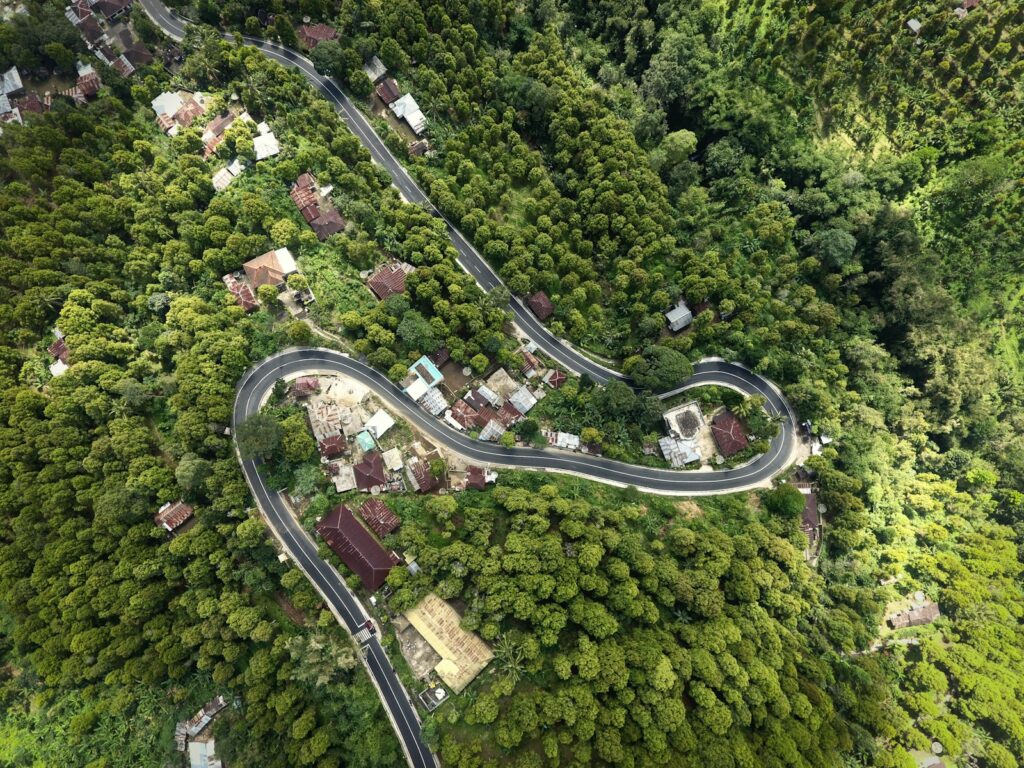Human-wildlife overlap will increase across 57% of planet by 2070
Groundbreaking US research shows the importance of understanding where conflicts between people and animals will emerge in the coming decades.
Urban planners, conservationists, and leaders are already adapting to global pledges to restore nature and protect 30% of the globe from development.
Nevertheless, human population growth over the next 50 years will lead to an increasing expansion of cities and towns. As such, overlap between humans and wildlife will also grow during this time. According to a team at the University of Michigan, this pattern will play out across 57% of the planet’s surface area.
Despite concerns over climate change rendering entire regions uninhabitable, just 12% of the world will undergo a reversal of the pattern, with distances between humans and wildlife expanding over the coming half century. Human population growth will also be the leading cause of overlap, with a greater impact than climate change forcing animals to relocate in search of resources.
Calculations were based on the spatial distributions of 22,374 species of terrestrial amphibians, birds, mammals and reptiles. Projections of economic development, global societal trends and demographics informed predictions as to which cities will grow in size, and where. In particular, China and India are expected to experience the sharpest rise in overlap, which already have high concentrations of humans, alongside the forests of Africa and South America, where overlap is already significant.
Median species richness and diversity in these areas is also expected to fall. In South America, for example, variety will drop by 33% for mammals, 45% for amphibians, 40% for reptiles and 37% for birds. In Africa, mammals could decline by 21%, with a 26% avian decline.
‘We found that the overlap between populations of humans and wildlife will increase across about 57% of the global lands, but it will decrease across only about 12% of the global lands. We also found that agricultural and forest areas will experience substantial increases of overlap in the future,’ said Deqiang Ma, lead author of the study and a postdoctoral research fellow at the U-M Institute for Global Change Biology in the School for Environment and Sustainability.
‘In many places around the world, more people will interact with wildlife in the coming decades and often those wildlife communities will comprise different kinds of animals than the ones that live there now,,’ added Neil Carter, principal investigator of the study and associate professor of environment and sustainability. ‘This means that all sorts of novel interactions, good and bad, between people and wildlife will emerge in the near future.’
The study paints a particularly worrying picture for biodiversity loss, with nature restoration and preservation now a key priority for policy makers across the world. One example used by the team was agricultural lands and birds that feed on pests known to destroy crops. By 2070, two-thirds of these areas will see the number of bird species fall, with a detrimental impact on all food chains. There is also a risk of more diseases jumping between species, raising the likelihood of future pandemics.
‘There are cases of human-wildlife interactions that are both good and bad, but we anticipate that they’re going to become more pronounced. For example, COVID19 was the result of human contact with wild animals, and there is concern that new diseases will emerge from greater encounters between people and certain wildlife species,” Carter continued. ‘But you also have species that provide important benefits to people, like reducing the abundances of pests.
‘What we’re doing is finding those areas and saying, if you have cropland or pastures here, are you going to have species move into those areas or species moving away from those areas,’ he continued. ‘Are those new croplands or pastures going to be an additional threat to the species or could there be ecosystem services harnessed for free?’
The report, which can be read in full here, goes on to make recommendations for equitable conservation. These include engaging with local communities to ensure more sustainable development. A key concern is also identified in terms of how areas can now be protected, with experts finding it harder to find locations to preserve which currently offer limited access to humans – a defining feature of places that have historically been designated as national parkland or similar.
More climate change and net zero:
New training partnership will support next generation of forest stewards
WATCH: ‘World’s greenest football club’ unveils new kit and climate campaign
Image: Dan the Drone

















